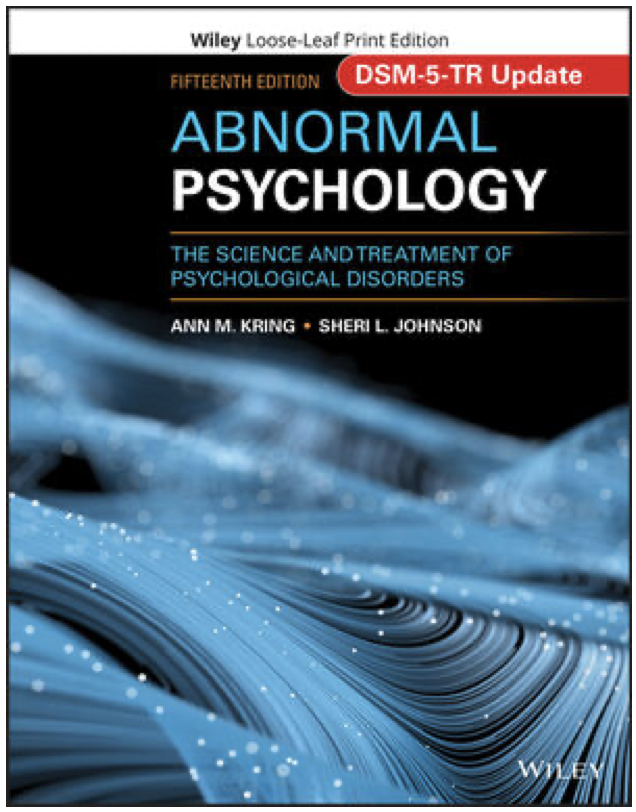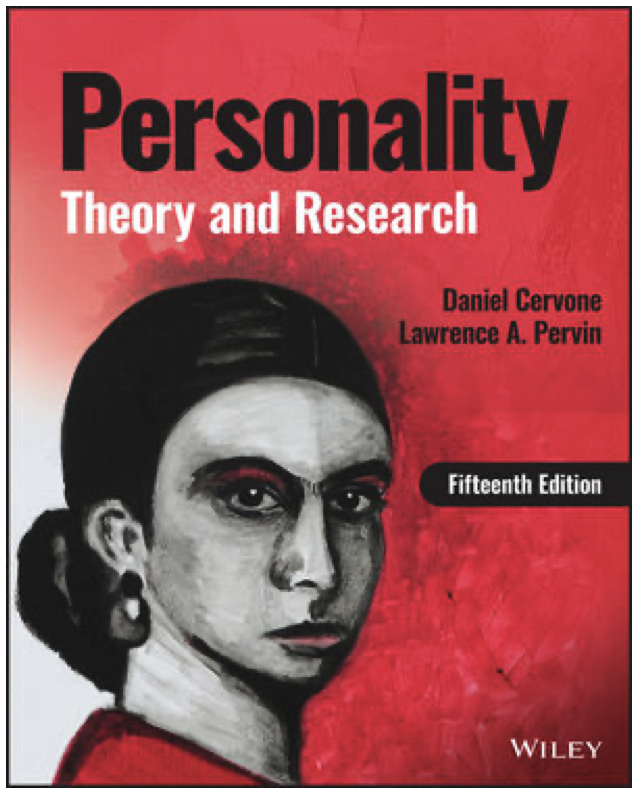THE MODERN ASYLUM
DESCRIPTION
Dr. Christine Montross summarizes: “…three ethicists from the University of Pennsylvania argued in the Journal of the American Medical Association that the movement to deinstitutionalize the mentally ill has been a failure.” In her article she points out the deinstitutionalization has proved to be a failure and that the movement has actually become “transinstitutionalization” in that the shift to housing the severely mentally ill has been out of a psychiatric hospital to inadequate boarding homes, medical hospitals, and prisons. She provides examples how how inadequate care, funding, and policies, have made matters worse. She further points out that the three ethicists recommend a new asylum model similar to one that is now used for dementia patient long term treatments. “A new model of long-term psychiatric institutionalization, as the Penn group suggests, would help them.“
SOURCE:
New York Times, February 18, 2015, by Christine Montross, MD
Original article:
Improving Long-term Psychiatric CareBring Back the Asylum
Dominic A. Sisti, PhD; Andrea G. Segal, MS; Ezekiel J. Emanuel, MD, PhD
Journal of the American Medical Association (2015), 313(3), 243-244.
LINK TO RESOURCE
(shortened URL) http://tinyurl.com/oqvt65t
CLASS DISCUSSION QUESTIONS
•What is deinstitutionalization? Transinstitutionalization?
•According to the author, how has deinstitutionalization “backfired” in the treatment of severe mental heath disorders?
•What are the causes/problems of the boarding home and halfway houses?
•What is in a new model that is proposed that would be helpful to make changes in how our society treats severe mental illness?







Leave a Reply